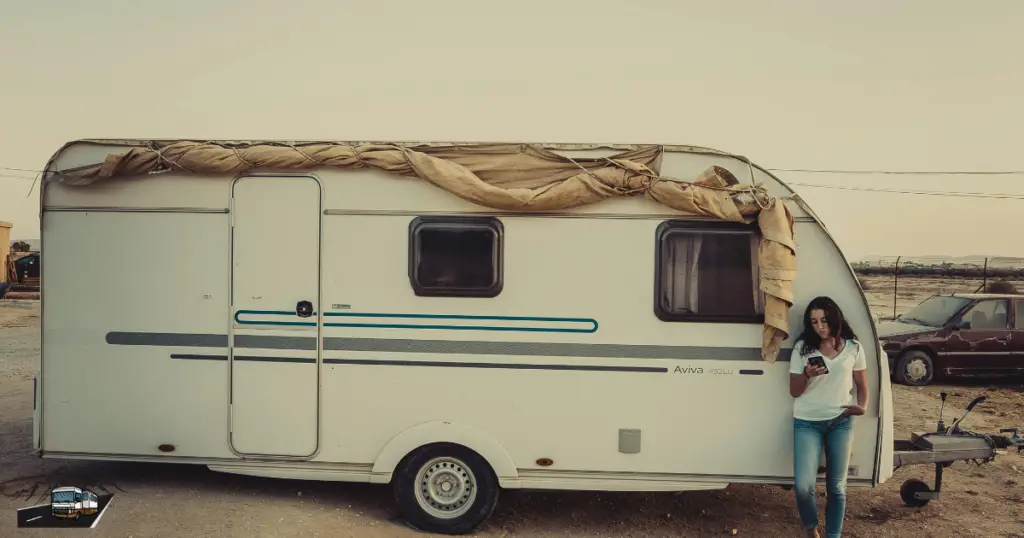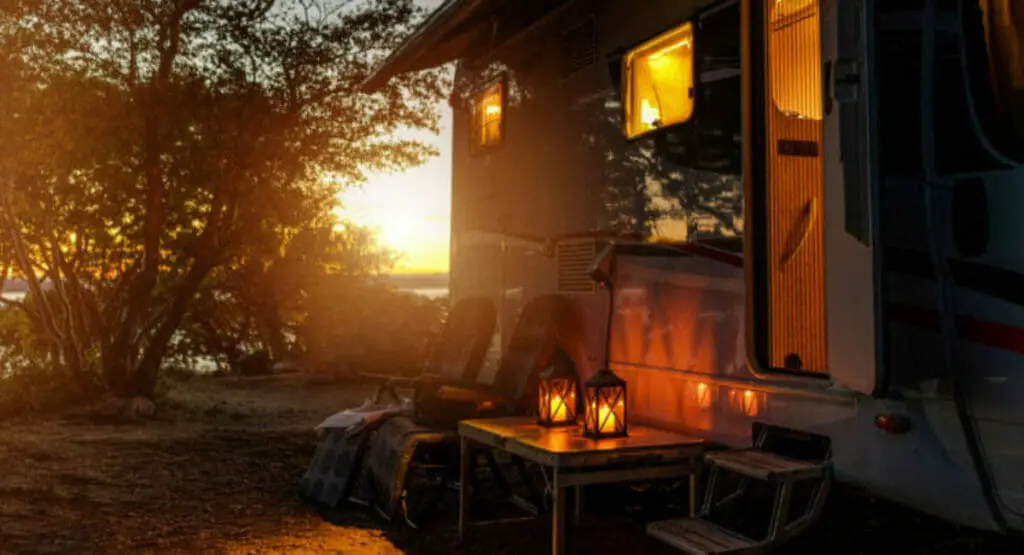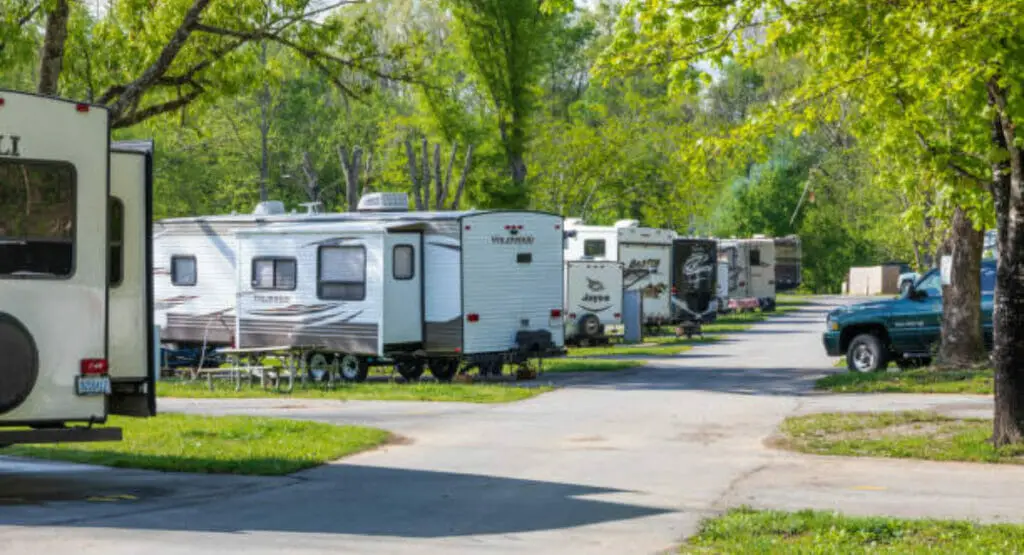As hurricane season approaches, it’s important for RV owners to have a plan in place for securing their vehicles in the event of a hurricane. With strong winds, heavy rain, and potential flooding, hurricanes can cause significant damage to RVs if they are not properly secured. In this article, we’ll discuss the steps you can take to secure your RV during a hurricane and ensure its safety.
I. Why Is It Important to Secure Your RV During a Hurricane?
Hurricanes are powerful storms that can cause significant damage to any type of vehicle, including RVs. With strong winds reaching up to 150 miles per hour and heavy rain, RVs can easily be damaged or even destroyed if they are not properly secured. Additionally, hurricanes can cause flooding, which can also damage RVs and make them unsafe to use.
II. Emergency Communication
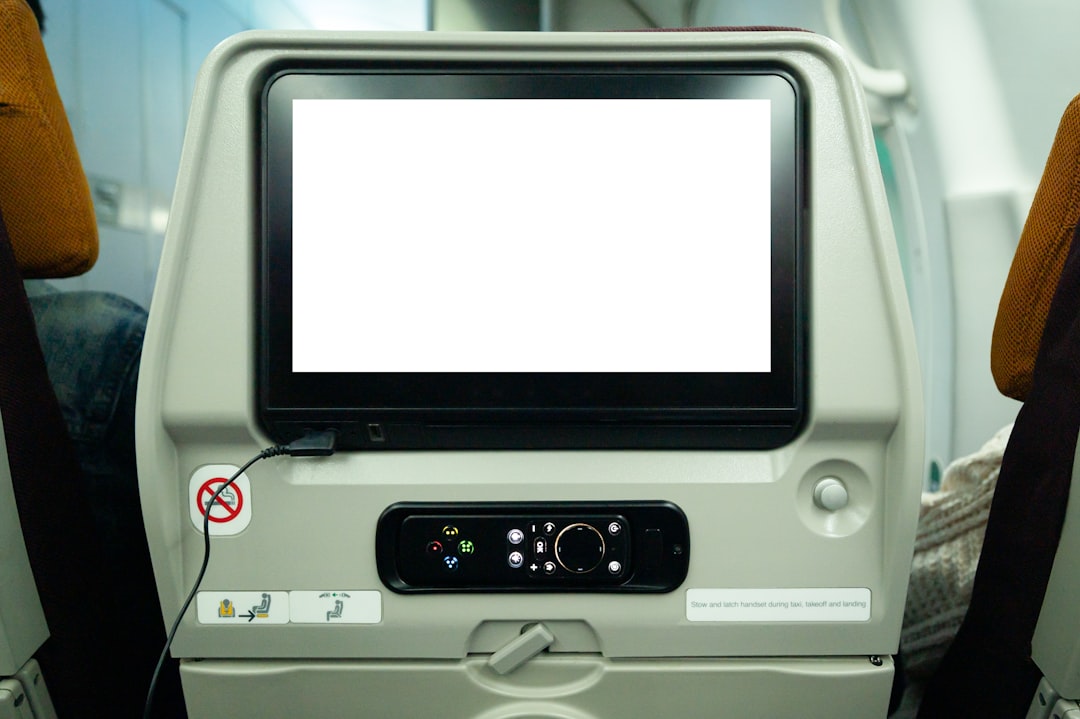
In the event of a hurricane, it’s important to have a plan in place for emergency communication. This includes having a way to receive updates and alerts about the storm, as well as a way to communicate with others in case of an emergency. Make sure to have a fully charged cell phone and a battery-powered radio on hand to stay informed about the storm.
III. Hurricane Checklist
Having a hurricane checklist can help you prepare for the storm and ensure that you have everything you need to secure your RV. Some items to include on your checklist are:
1. Hurricane straps or tie-downs
2. Duct tape
3. Bungee cords
4. Rope
5. Sandbags
6. Plywood
7. Extra batteries
8. First aid kit
9. Non-perishable food and water
10. Flashlights
11. Emergency contact information
12. Important documents (insurance, registration, etc.)
IV. How to Secure Your RV During a Hurricane
Now that you understand the importance of securing your RV during a hurricane, let’s discuss the steps you can take to ensure its safety.
Step 1: Find a Safe Location
The first step in securing your RV during a hurricane is finding a safe location to park it. If you are in a campground or RV park, check with the management to see if they have a designated hurricane shelter or a plan in place for securing RVs. If not, you may need to find an alternative location, such as a nearby parking lot or a friend’s property.
When choosing a location, make sure it is not in a low-lying area that is prone to flooding. Also, avoid parking under trees or power lines that could potentially fall on your RV during the storm.
Step 2: Secure the Exterior
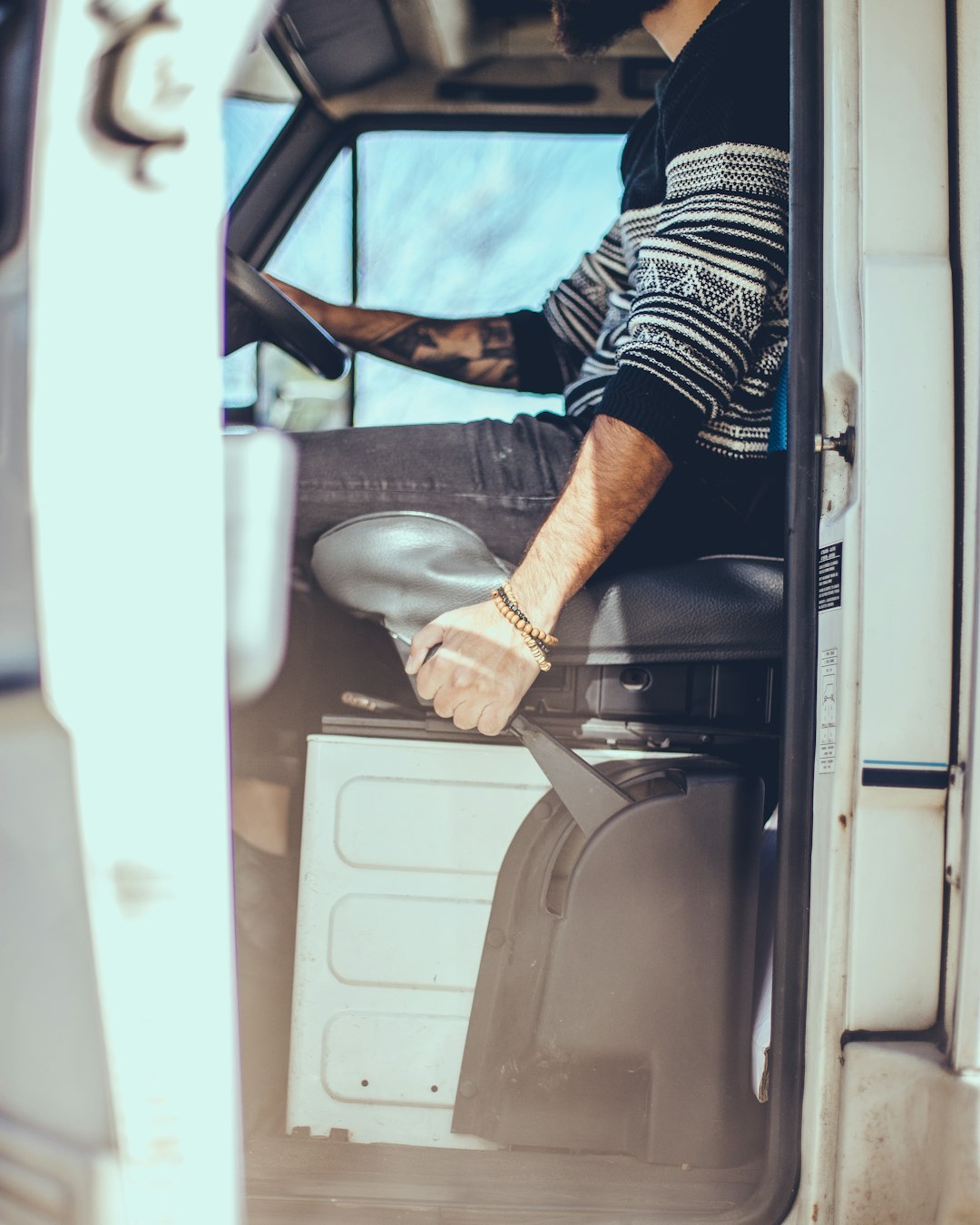
Once you have found a safe location, it’s time to secure the exterior of your RV. This includes:
1. Closing and locking all windows and doors
2. Retracting awnings and slide-outs
3. Removing any loose items from the exterior, such as chairs or grills
4. Securing any loose items that cannot be removed, such as propane tanks or generators, with bungee cords or rope
5. Covering windows with plywood or hurricane shutters to protect them from flying debris
Step 3: Use Hurricane Straps or Tie-Downs
Hurricane straps or tie-downs are essential for securing your RV during a hurricane. These straps are designed to keep your RV in place and prevent it from being blown over by strong winds. If your RV does not already have hurricane straps or tie-downs, you can purchase them at most RV supply stores.
Step 4: Add Weight to the RV
Adding weight to your RV can help keep it in place during a hurricane. You can use sandbags or other heavy objects to add weight to the exterior of your RV. Place these items around the perimeter of your RV, focusing on the areas that are most vulnerable to strong winds.
Step 5: Stay Informed
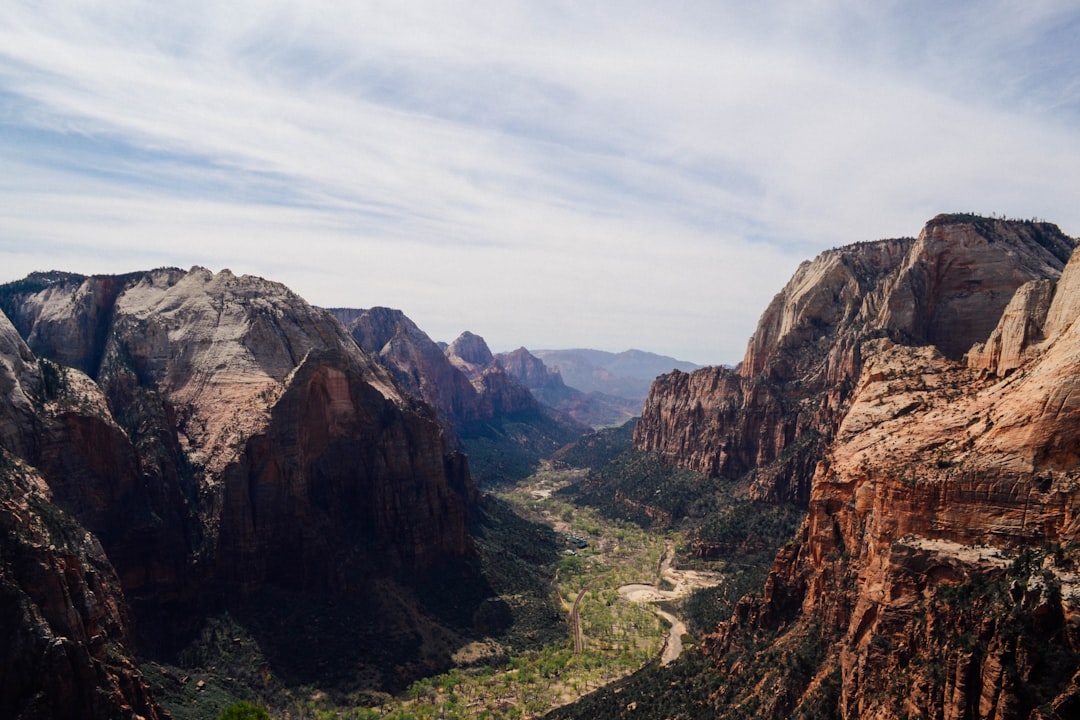
During a hurricane, it’s important to stay informed about the storm and any updates or alerts. Keep your cell phone and radio on hand to receive updates and make sure to follow any evacuation orders or other instructions from local authorities.
Step 6: Have an Evacuation Plan
In some cases, it may be necessary to evacuate your RV and seek shelter in a safer location. Make sure to have an evacuation plan in place and know where you will go in case of an emergency. This could be a nearby shelter or a friend or family member’s home.
V. After the Hurricane
Once the hurricane has passed and it is safe to return to your RV, there are a few things you should do to ensure its safety and make any necessary repairs.
1. Inspect the exterior for any damage, such as leaks or broken windows.
2. Check the interior for any water damage or signs of mold.
3. If your RV was flooded, do not turn on any electrical systems until they have been inspected by a professional.
4. If you used sandbags, make sure to remove them and dispose of them properly.
5. Contact your insurance company to report any damage and start the claims process.
Additional Tips for Hurricane Preparedness for RVs
Tip 1: Keep your RV well-maintained to ensure it is in good condition before a hurricane hits.
Tip 2: Have a backup generator in case of power outages.
Tip 3: Make sure to have enough food, water, and supplies to last at least 72 hours.
Tip 4: Have a first aid kit on hand in case of injuries.
Tip 5: Keep important documents, such as insurance and registration, in a waterproof container.
Tip 6: If you are in a hurricane-prone area, consider investing in hurricane-proof windows or shutters for your RV.
Conclusion
Hurricanes can be dangerous and destructive, but with proper preparation and planning, you can secure your RV and ensure its safety during a storm. Make sure to have a hurricane checklist, find a safe location, secure the exterior, and stay informed during the storm. After the hurricane has passed, make sure to inspect your RV for any damage and make any necessary repairs. By following these tips, you can protect your RV and be prepared for any future hurricanes.

